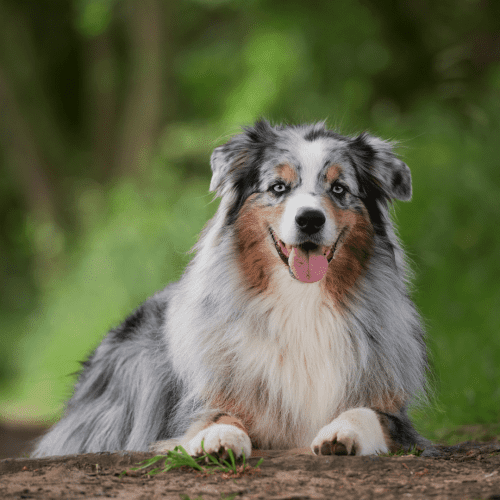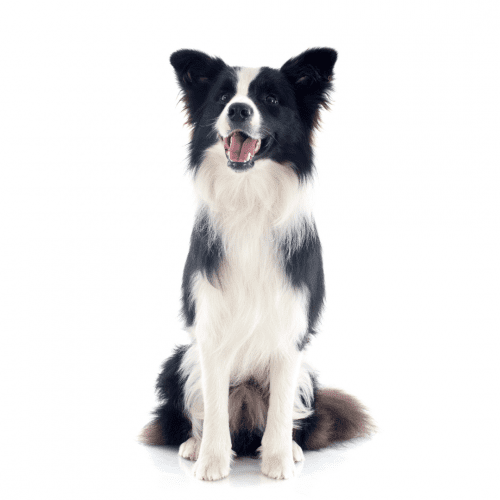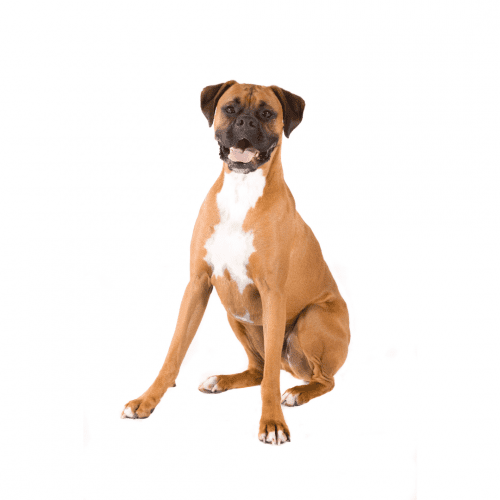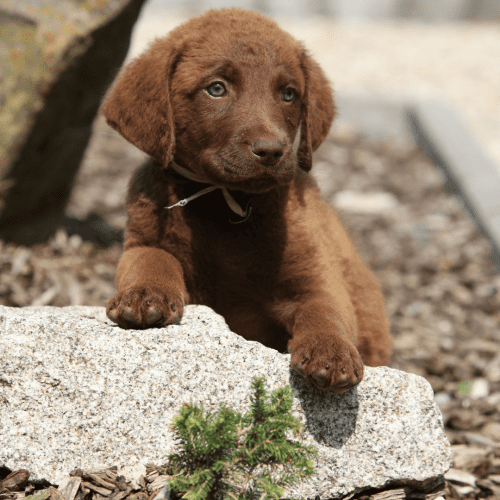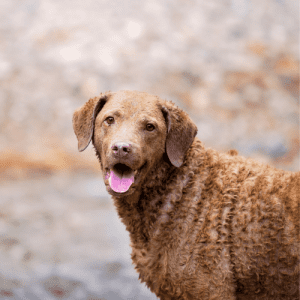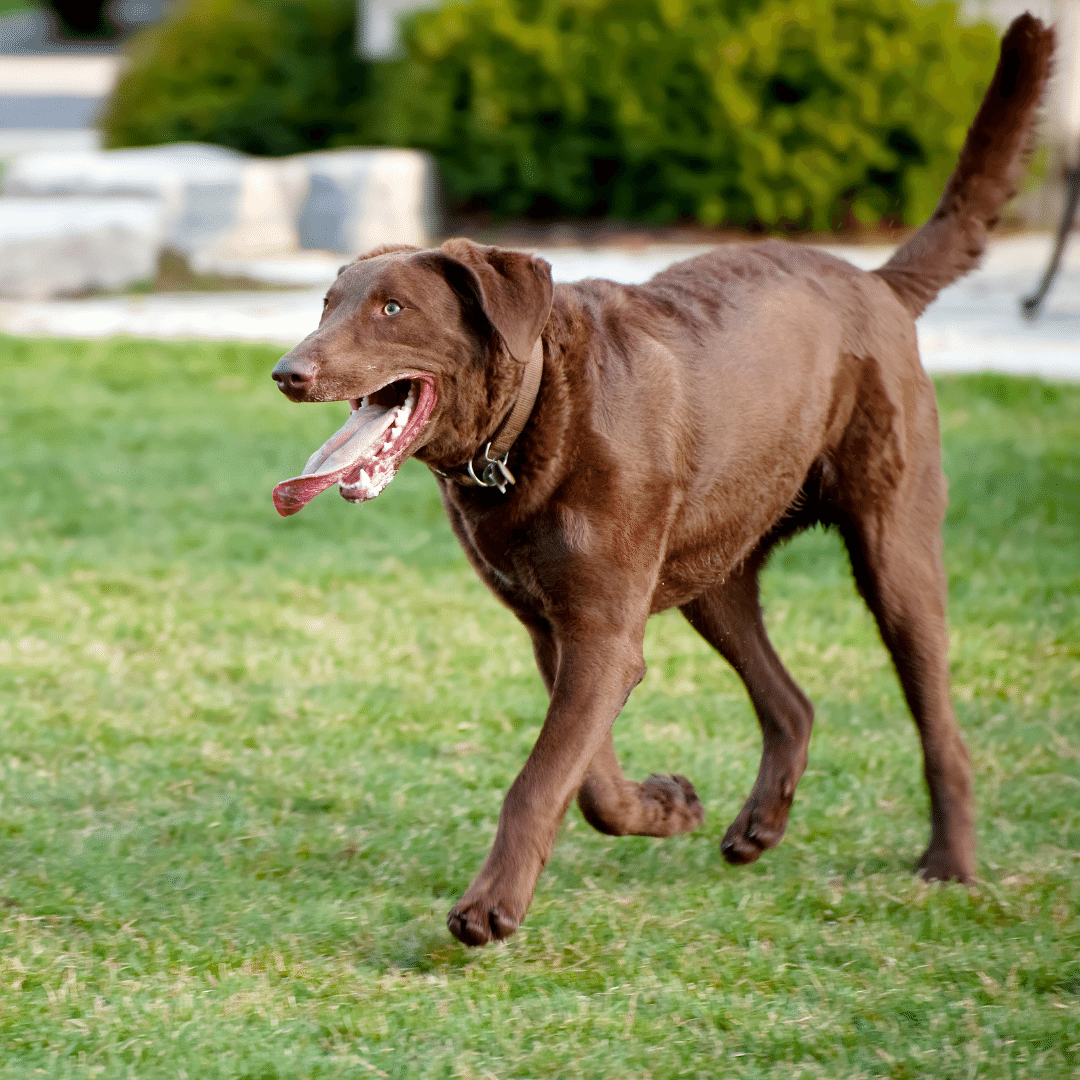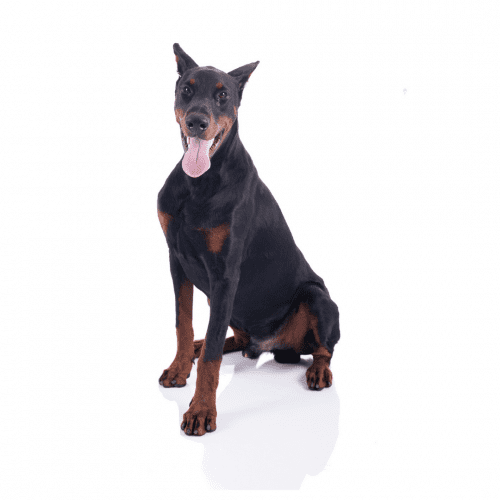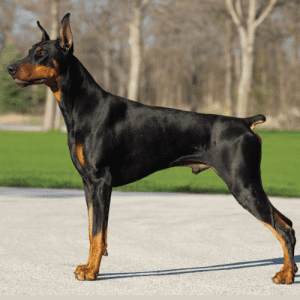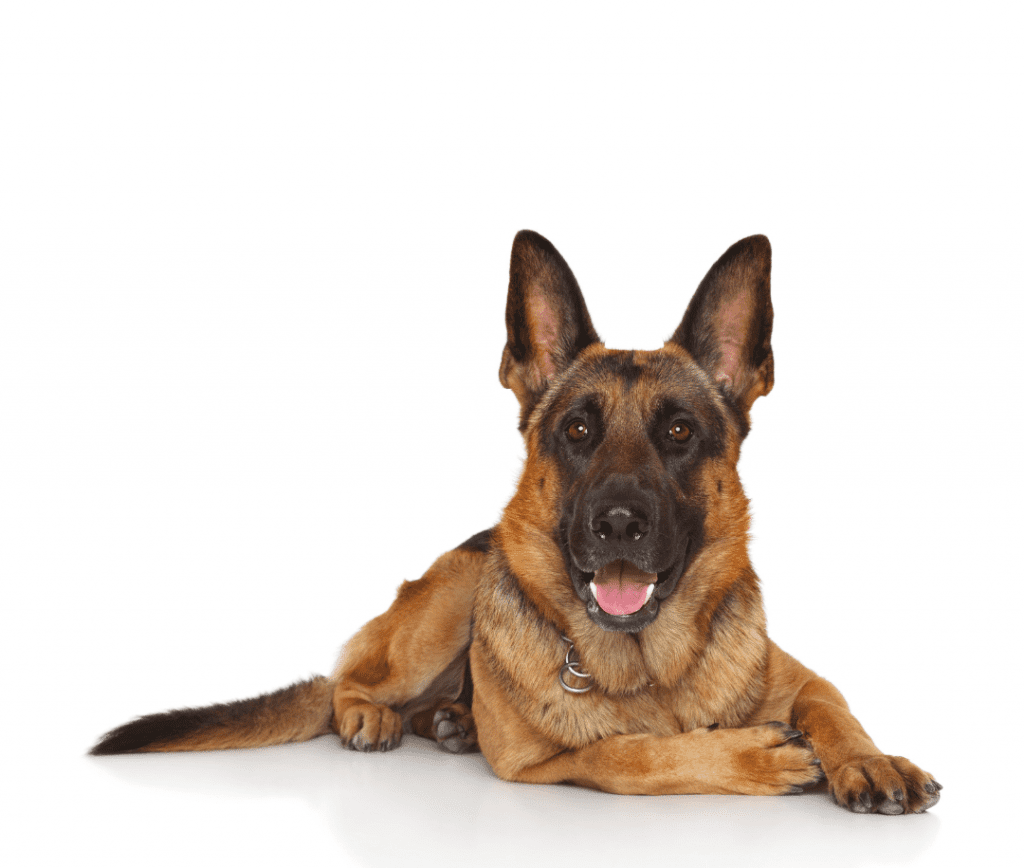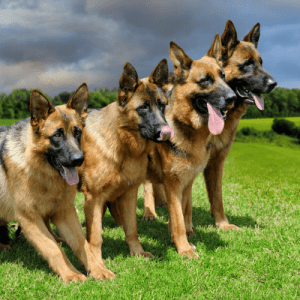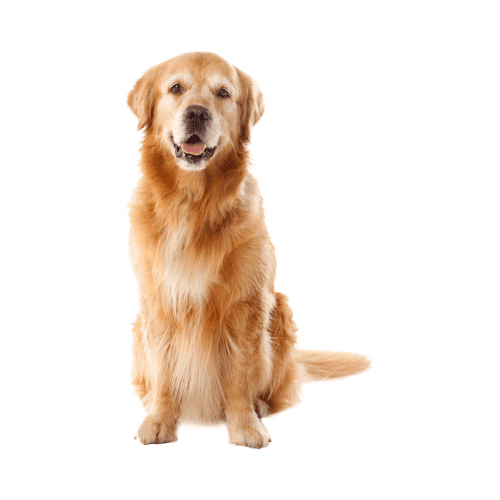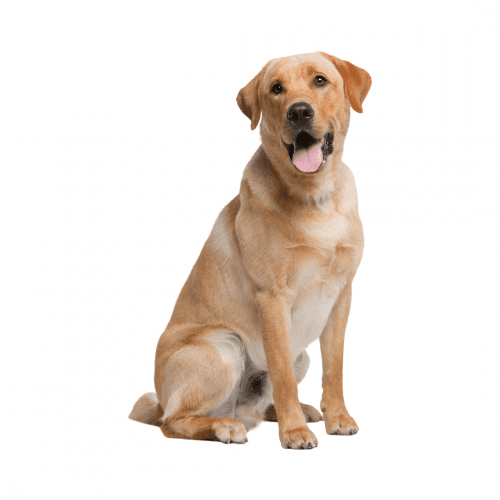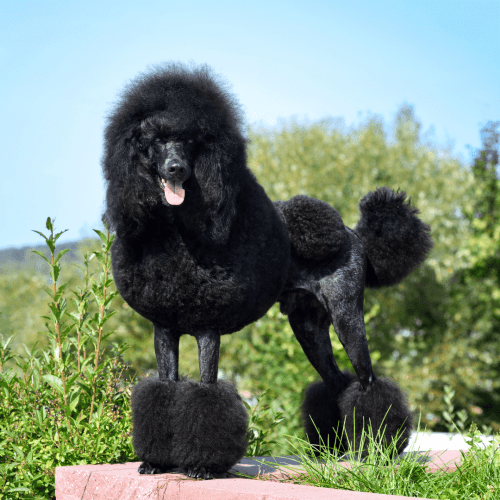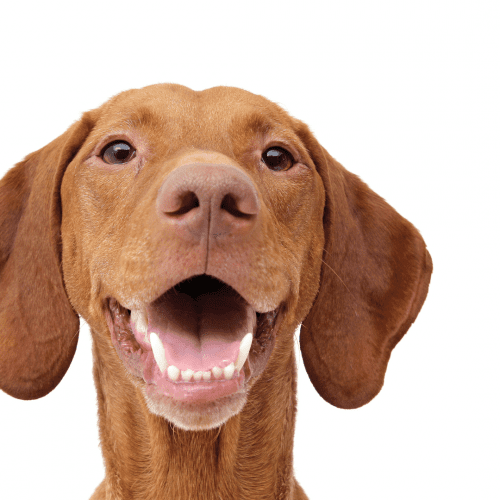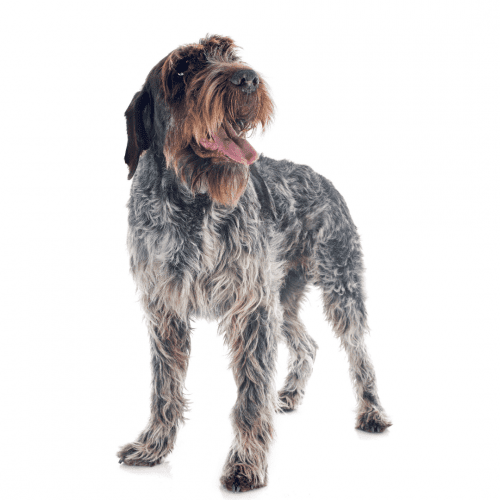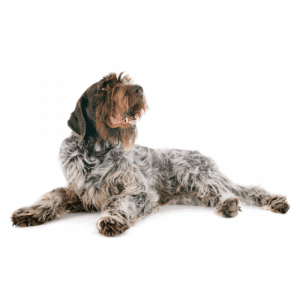Guide dogs are specially trained dog breeds to help people who are blind or have low vision. Guide dogs can lead their owners around busy streets and sidewalks, and even into buildings.
A Guide Dog is a specially trained canine companion that assists individuals with visual impairments in navigating their surroundings safely and independently. These incredible animals come in various breeds, but Labrador Retrievers, Golden Retrievers, and German Shepherds are commonly chosen due to their intelligence, temperament, and physical attributes.
The training process for a Guide Dog involves several stages, starting with basic obedience and socialization, followed by more advanced skills such as obstacle avoidance, street crossing, and locating specific destinations. This training period can take up to two years, with trainers using positive reinforcement techniques to shape desired behaviors.
Once fully trained, Guide Dogs have a range of responsibilities. They act as the eyes of their visually impaired handlers, providing vital information about their environment and potential obstacles. These dogs are trained to stop at curbs, navigate around obstacles, and find specific locations upon command. They also help their handlers maintain a consistent pace, avoiding hazards and ensuring a safe journey.
The benefits of having a Guide Dog are numerous. These loyal companions give their handlers a sense of independence, freedom, and confidence, allowing them to participate more fully in daily activities and easily navigate the world.
The assistance tasks performed by Guide Dogs include guiding their handlers around obstacles, finding doors and stairs, and alerting them to changes in elevation. Upon command, they can also locate specific objects, such as an empty chair or an elevator button. These tasks are crucial in ensuring the safety and independence of individuals with visual impairments. Guide Dogs undergo extensive training to develop the skills necessary to perform these tasks reliably and consistently.
Guide Dogs are distinct from other dogs due to their specialized training, which enables them to assist individuals with visual impairments. This rigorous and comprehensive training process ensures that Guide Dogs possess the necessary skills to navigate their handlers safely through various environments.
One significant distinction of Guide Dogs is their ability to provide various benefits to their handlers. These dogs are trained to assist with obstacle avoidance, navigating street crossings, locating specific objects, and providing emotional support. By offering these services, Guide Dogs enhance the independence and mobility of individuals with visual impairments.
Guide Dogs also have specific responsibilities for the dog and its handler. The handler must be knowledgeable about caring for the dog’s physical and emotional well-being, while the dog must exhibit impeccable behavior, remaining focused and attentive to its handler’s needs.
In terms of public access, Guide Dogs are granted special privileges. They’re allowed entry into public places, including restaurants, shops, and public transportation, as mandated by laws protecting the rights of individuals with disabilities.
It is important to note that while Guide Dogs fall under the category of assistance dogs, not all are Guide Dogs. Other assistance dogs include service dogs, hearing dogs, and medical alert dogs, each serving a specific purpose. Guide Dogs, however, are uniquely trained to provide support to individuals with visual impairments, making them invaluable companions for those in need.
There are specific dog breeds that are commonly trained to become Guide Dogs. These breeds are carefully selected based on their temperament, size, and intelligence. Some breeds often used as Guide Dogs include Labrador Retrievers, Golden Retrievers, German Shepherds, and Standard Poodles. These breeds have proven highly trainable and have the necessary traits to excel as Guide Dogs.
The training process for Guide Dogs is extensive and takes several months. It begins when the dogs are just puppies and involves socialization, obedience training, and specialized guide dog training. During this time, the dogs learn to navigate various environments, respond to commands, and assist their handlers in crossing roads, avoiding obstacles, and finding specific destinations.
Once the training is complete, Guide Dogs take on essential responsibilities. They become the eyes for individuals who are blind or visually impaired, providing them with the confidence and independence to move around safely. Guide Dogs are trained to navigate obstacles, find landmarks, and follow directional commands from their handlers. They also help their handlers with everyday tasks, such as finding doors, stairs, and elevators.
The benefits of having a Guide Dog are numerous. These dogs offer companionship, increased mobility, and security for their handlers. They provide reliable transportation and greatly enhance the quality of life for individuals with visual impairments.
Guide Dogs also have public access rights, which means they’re allowed to accompany their handlers in public places, including restaurants, stores, and public transportation. This will enable individuals with visual impairments to fully participate in society and go about their daily activities with the assistance of their Guide Dogs.
The origins of Guide Dogs can be traced back to their early development as assistance animals for individuals with visual impairments. The history of Guide Dogs dates back to the early 20th century, with the first formal guide dog training program established in Germany during World War I. It was here that the idea of training dogs to assist people with visual impairments gained traction. The program, led by Dr. Gerhard Stalling, focused on training German Shepherds to guide visually impaired veterans.
Over time, the concept of guide dogs evolved and spread to other countries. In 1929, the first guide dog training school was established in Switzerland. This marked a significant milestone in the history of guide dogs, as it paved the way for establishing similar training programs worldwide.
The training of guide dogs involves a rigorous process that includes selecting suitable candidates, providing specialized training, and matching them with visually impaired individuals. These dogs are trained to navigate obstacles, follow commands, and ensure the safety and independence of their handlers.
The benefits of guide dogs are numerous. They not only provide mobility and independence to individuals with visual impairments but also offer companionship and emotional support. Guide dogs enable their handlers to navigate the world confidently and freely, enhancing their overall quality of life.
Guide Dogs are utilized by individuals with visual impairments to navigate their surroundings and maintain a greater sense of independence. These highly trained dogs undergo a rigorous training process to ensure they’re well-prepared for their responsibilities.
The training process begins when the dogs are puppies, as they’re carefully selected for their temperament, intelligence, and willingness to work. They’re then placed with experienced trainers who teach them basic obedience commands and gradually introduce them to more complex tasks. This training includes learning how to guide their handlers safely around obstacles, navigate busy streets, and locate specific destinations.
Once fully trained, guide dogs take on a range of responsibilities. They’re responsible for guiding their visually impaired handlers along safe routes, avoiding obstacles, and stopping at curbs and stairs. Additionally, they provide emotional support and companionship, helping to alleviate feelings of isolation and anxiety.
The benefits for visually impaired individuals are immense. Guide dogs enhance their mobility, allowing them to travel confidently and independently. These remarkable animals provide:
- A sense of freedom and empowerment.
- Enabling individuals to participate more fully in daily activities, such as going to work.
- Visiting friends.
- Enjoying recreational pursuits.
The public needs to be familiar with guide dog etiquette. This includes refraining from petting or distracting the dog while it’s working, speaking to the handler instead of the dog, and giving them enough space to maneuver. By respecting these guidelines, people can ensure the safety and effectiveness of guide dog partnerships.
Many success stories highlight the transformative power of guide dog partnerships. These stories showcase the incredible bond formed between the visually impaired individual and their guide dog, as well as the positive impact on their lives. Guide dogs provide not only assistance but also companionship and unwavering loyalty.
People from diverse backgrounds and with various visual impairments connect to Guide Dogs for assistance and support. Guide dogs provide invaluable benefits to individuals who are blind or visually impaired, helping them navigate their surroundings with increased independence and confidence.
Different types of people connect with guide dogs. Some individuals may have been born blind, while others may have lost their vision due to an accident or a medical condition. Regardless of their background, guide dogs offer these individuals a reliable and trusted companion to help them move around safely and efficiently.
The process of training a guide dog involves extensive training for both the dog and its owner. Guide dogs undergo rigorous training programs to learn various commands and skills that will enable them to assist their owners effectively. On the other hand, guide dog owners also receive specialized training to learn how to handle and communicate with their guide dogs.
Responsibilities of guide dog owners include providing proper care and maintenance for their dogs, such as regular grooming, feeding, and exercise. They’re also responsible for ensuring the safety and well-being of their guide dogs at all times.
Guide dog users receive ongoing support from guide dog organizations, including access to resources, guidance, and assistance. These organizations offer a network of support, helping guide dog users navigate any challenges they may encounter.
With their keen senses and impeccable training, guide dogs serve as loyal companions and essential aids for individuals with visual impairments. The training process for guide dogs is rigorous and comprehensive. It typically begins when the dogs are just puppies and undergo extensive training to develop the necessary skills to assist their visually impaired owners. This training includes learning obedience, navigating various environments, and responding to specific commands.
The benefits of guide dogs for visually impaired individuals are manifold. These dogs provide a sense of independence and freedom, allowing their owners to navigate the world confidently. Guide dogs are trained to avoid obstacles, navigate busy streets, and find specific locations. They also provide emotional support to their owners, offering comfort and companionship.
Guide dog organizations play a crucial role in the training and placement of guide dogs. These organizations breed, raise, and train the dogs before matching them with visually impaired individuals. They also provide ongoing support and guidance to the dogs and their owners.
Responsibilities of guide dog owners include providing proper care, such as feeding, grooming, and regular veterinary check-ups. They must also ensure the dog’s safety, follow local laws and regulations, and maintain good public behavior.
Guide dog etiquette is essential for the general public to understand. It’s important not to distract or interfere with a guide dog while they’re working. This means refraining from petting, calling, or making sudden movements towards the dog. By respecting the dog’s working role, individuals can help ensure the dog’s and its owner’s safety and well-being.
Below is featured some of the best dog breeds to train to become guide dogs.



